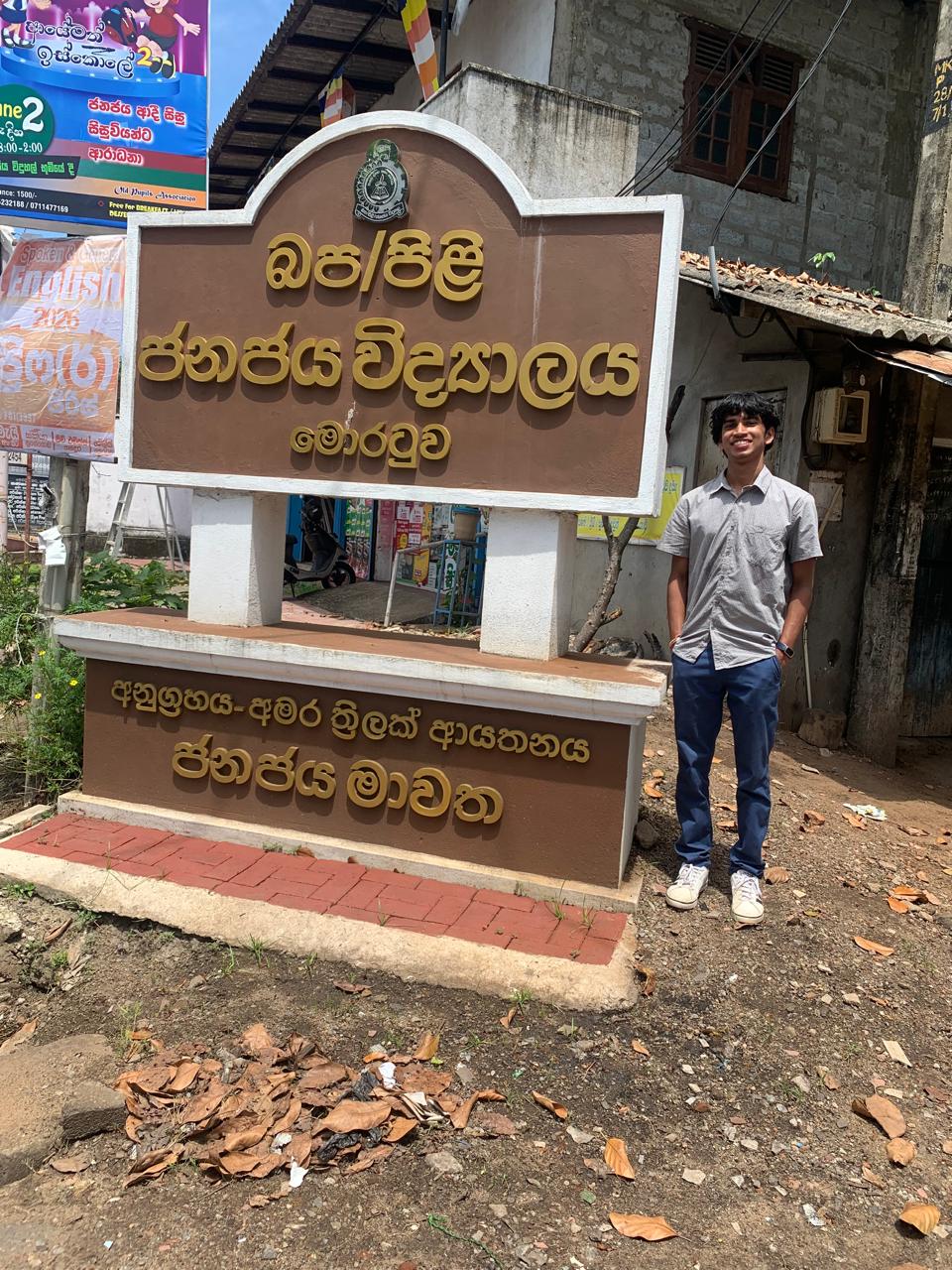THE SCALE OF INSTITUTIONAL INVESTMENTS IN GLOBAL REAL ESTATE
 How does one measure how well a particular industry is doing on a global level? One of the best ways is by looking at institutional investors, who always vote with their feet. Global real estate investment is grabbing everyone’s attention – from British pension funds to high net-worth investors from China. Why is this the case?
How does one measure how well a particular industry is doing on a global level? One of the best ways is by looking at institutional investors, who always vote with their feet. Global real estate investment is grabbing everyone’s attention – from British pension funds to high net-worth investors from China. Why is this the case?
Private equity investment: developed vs. developing markets
When you look at major cities in developed countries, such as London and Vancouver, it’s immediately obvious that property prices are increasing and have hit a record high. This is happening as a direct result of foreign investment from private equity, especially in luxury property. However, private equity investment is also changing the face of real estate in developing and emerging markets. As governments recognize the importance of real estate for economic growth, measures tend to be put into place to encourage foreign direct investment (FDI) in real estate. One excellent example can be taken from Malaysia, whose government announced plans to encourage foreign ownership of property way back in 2009. Soon after that, Malaysia attracted US$12 billion of FDI in 2013 alone.
Law relaxation, increased internet penetration, and urbanization leading to soaring FDI
Malaysia’s position is by no means unique. Indonesian real estate, especially in Bali, is expected to surge after limitations on foreign investment are lifted. This change in legislation for foreign property seekers, alongside increasing internet penetration in emerging markets, is going to make a huge difference. In contrast, the government of the Philippines is less willing to fully relax laws regarding the ownership of land by foreign nationals. However, movement is happening in this area. Exceptions to the rules are increasing as private equity investments are seen to be driving real estate success and therefore boosting economies in other nations. Another factor driving change is increased urbanization. Take Indonesia as an example; by 2050, the UN expects urbanization levels to reach 75%.
What kind of investor is looking for long term assets in real estate?
According to Sri Lanka’s Daily FT, “many global pension funds have long valued real estate investments for its steady income, potential for capital gains and risk diversification.” Indeed, pension funds are one of the major institutional investors in real estate in emerging markets. Another main group of investors is made up of sovereign wealth funds – funds owned by governments across the world. High net-worth entrepreneurs also make up a proportion of the real estate investors who are purchasing real estate assets in emerging markets.
REITs
Investors who have noticed the market trends in real estate in emerging markets are beginning to make extensive use of new real estate investment trust (REIT) regimes. In countries such as Sri Lanka, where the country’s plans to introduce REITs was announced in this year’s budget, future investors will use REITs to monetize real estate assets. This is already happening in India, where, according to ey.com, investors are encouraged to acquire real estate assets thanks to the introduction of new finance structures which lower risk. These structures include “structured debt, structured equity and mezzanine debt” (ey.com), as well as REITs. Another benefit of REITs is their ability to increase transparency, since many are included on public stock exchanges.
The impact of ASEAN on Asian property investment
ASEAN, the Association of Southeast Asian Nations has been around since 1967, but changes made last year have led to a closer bond between member countries. The formation of the ASEAN Economic Community (AEC) in 2015 has already had a tremendous impact on real estate investment in Asia’s emerging markets. Indonesia, Malaysia, the Philippines, Singapore, Thailand, Brunei, Cambodia, Laos, Myanmar, and Vietnam all form part of the AEC, whose purpose is to encourage economic integration in the region. Through removing certain trade barriers, the AEC aims to boost investment by encouraging AEC investors to invest in other countries within the community. The implications of this agreement combined with increased urbanization in the region bode very well for real estate. According to aseanbriefing.com, real estate investment in the AEC “is poised to continue growing at impressive rates in the coming years as restrictions on foreign investors are eased and the region’s emergent middle class exercises increased spending power.” Indeed, between and 2014, real estate investments in ASEAN countries reached US$28.19 billion, and this figure is set to rocket in future years.
The increase in luxury property
As high-net worth individuals purchase property in developing countries with beautiful landscapes, the skylines of these countries’ cities change. Luxury property and high rise condo buildings have changed the face of Metro Manila and Colombo in recent years, and other countries are sure to follow suit. This trend accelerates and as demand increases, so do the prices.
Simple economics dictates that when demand outweighs supply, prices rise. In addition, value is being added to property day by day, increasing the chances of buyers gaining an impressive return on their investment.
Although the relaxation of land ownership laws in Asia’s emerging markets is a necessary step in order for real estate FDI to reach its potential, there are so many factors that are highly encouraging. From increased urbanization and and internet penetration to the formation of the AEC and REITs, it is easy to imagine why institutional investors are so keen to jump aboard.







